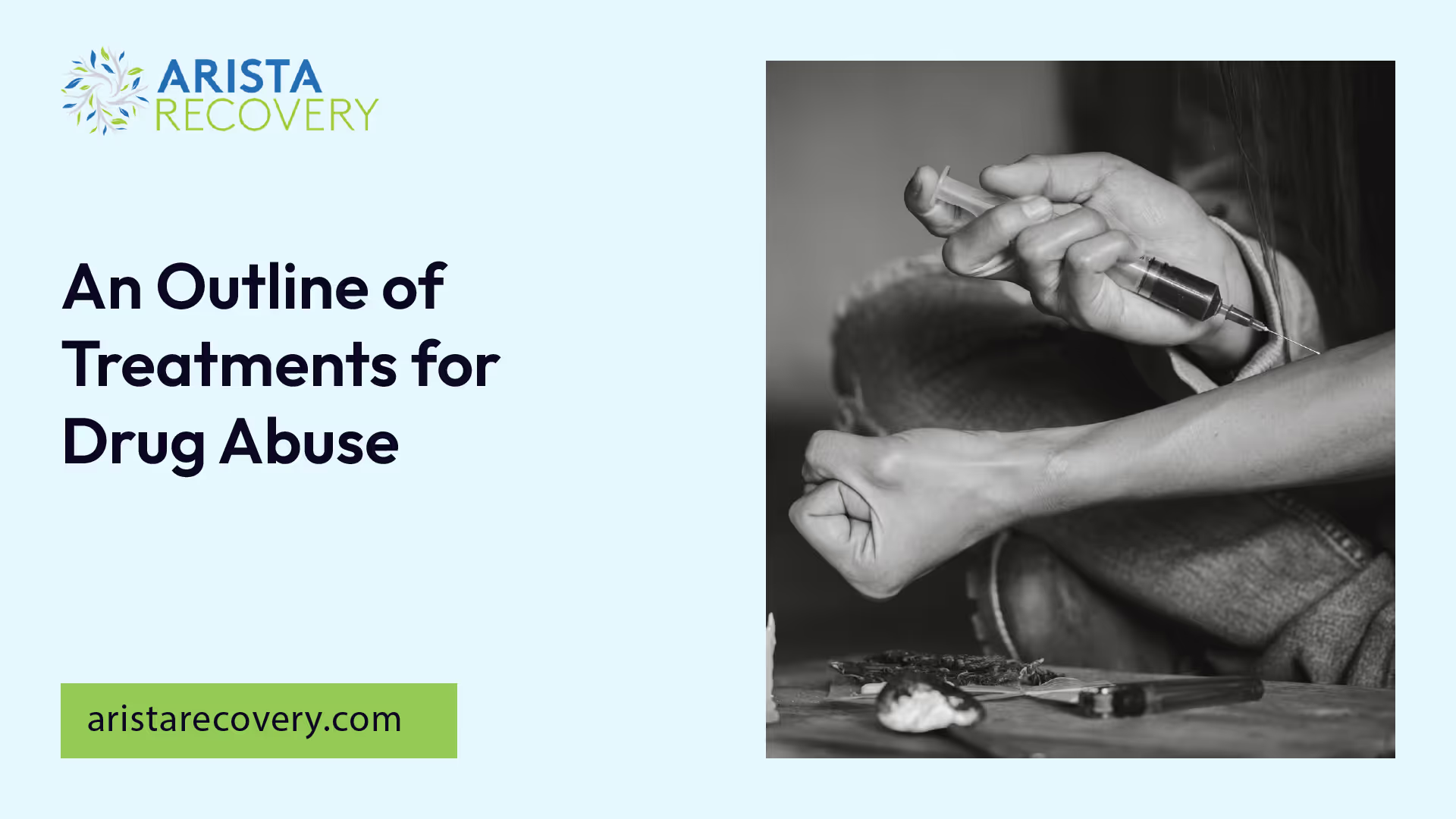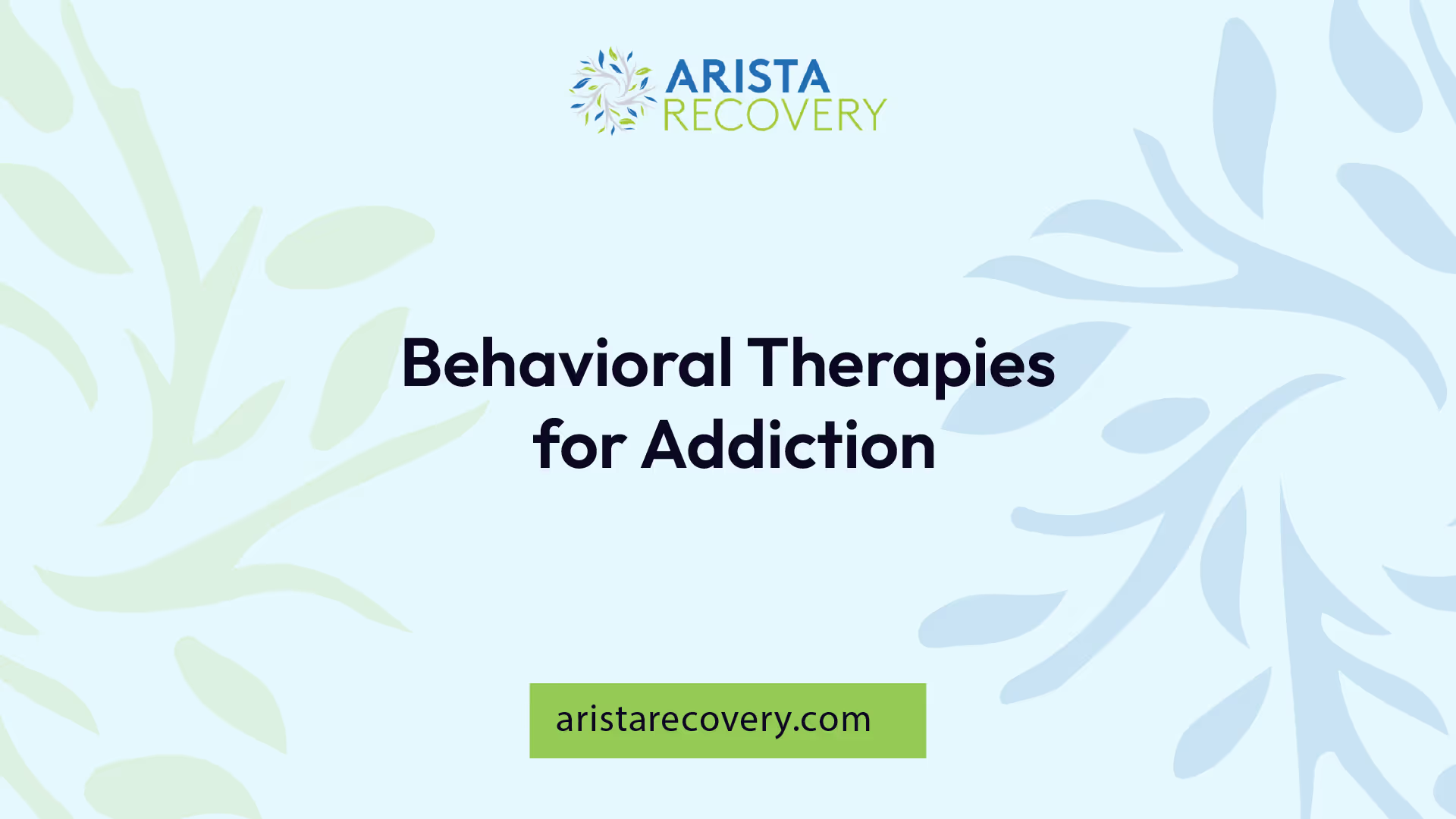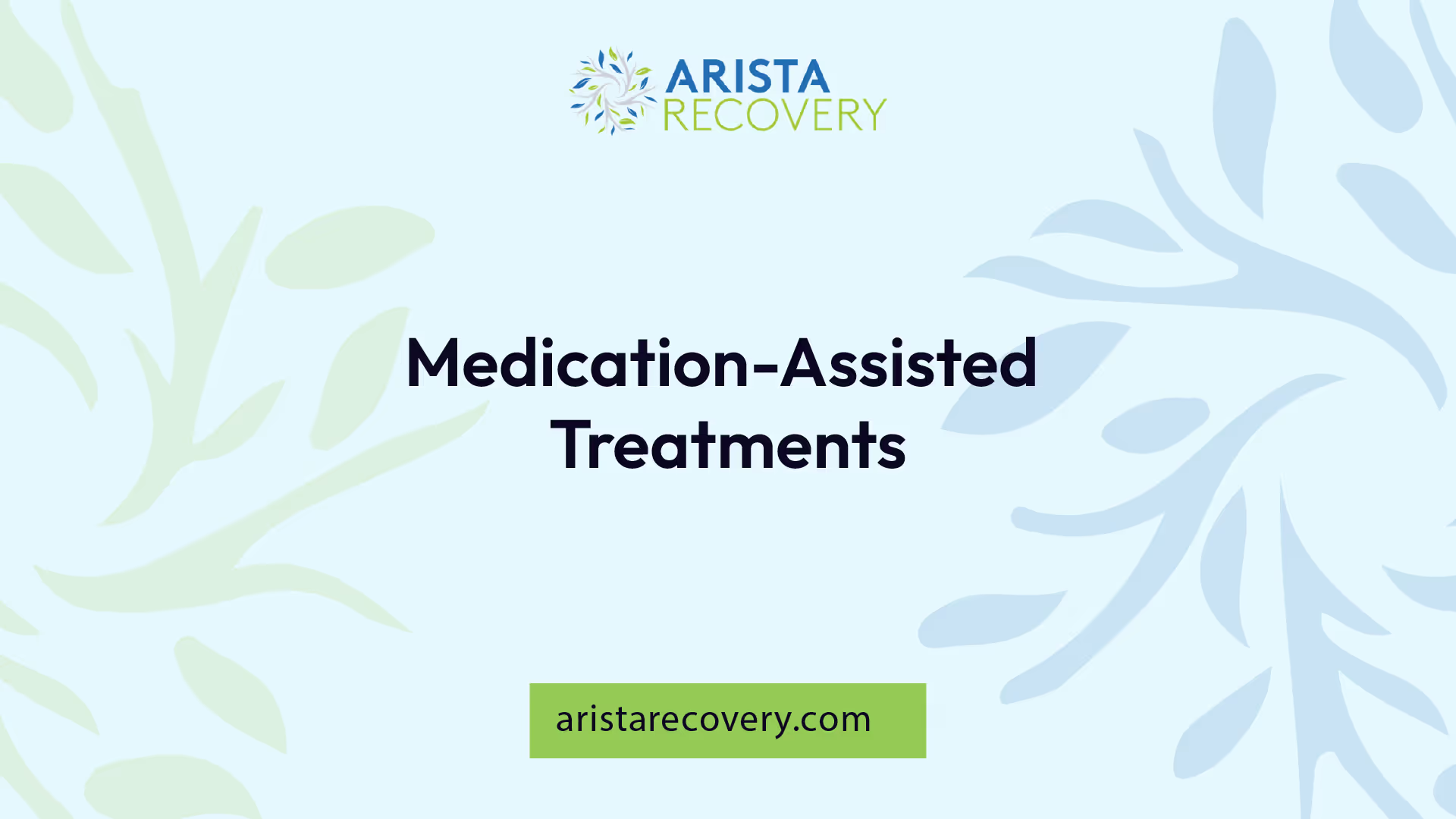An Outline of Treatments for Drug Abuse


Overview of Addiction Treatments
Attaining freedom from addiction is a journey that often involves a comprehensive treatment plan. The first step towards recovery is understanding the different treatment options available. This section will provide an overview of three crucial elements of addiction treatment: therapy and counseling, medication management, and harm reduction strategies.
Therapy and Counseling
Therapy and counseling are fundamental components of addiction treatment. They focus on developing healthy coping skills, understanding the core causes of thoughts and behaviors, and modifying substance-abusing behaviors to prevent relapses. Behavioral therapies, such as cognitive behavioral therapy and contingency management, have been shown to be potent interventions for several forms of drug addiction. Couples and family therapy can also play a pivotal role in the recovery process, providing support and fostering understanding among family members [1].
Therapy and counseling can be delivered in individual or group settings, and are often incorporated into comprehensive treatment plans as part of both inpatient and outpatient programs. For more information on different treatment settings, you can visit what is partial hospitalization treatment and substance use treatment centers vs addiction treatment centers.
Medication Management
Medication management involves the use of prescribed medications to ease withdrawal symptoms, manage cravings, and reduce the likelihood of relapse [2]. This treatment method is often combined with behavioral therapies to maximize effectiveness.
Medicines like methadone and buprenorphine are used to treat opioid use disorders, while others like naltrexone and acamprosate can help reduce alcohol use [3]. Methadone, for instance, can substantially reduce criminal activity and transition patients from intravenous heroin use to an oral medication, thus lowering the risk of HIV and hepatitis C exposure [3]. Medication management can be a part of both inpatient and outpatient treatment programs.
Harm Reduction Strategies
Harm reduction strategies aim to lower the negative effects of mental health, drug, or alcohol issues. These strategies acknowledge that while abstinence may be the ultimate goal, there are ways to reduce harm and improve health outcomes even if substance use continues.
Harm reduction can include a wide range of strategies, from educating about safer use, providing clean needles to prevent infectious disease transmission, to offering overdose prevention education and naloxone, a medication that can reverse opioid overdose.
Understanding these key elements of addiction treatment can provide a solid foundation for recovery. The type and combination of therapies will depend on the individual's needs and circumstances. For a more detailed look at different aspects of a substance use treatment plan, visit substance use treatment plan facets.

Behavioral Therapies for Addiction
Behavioral therapies have been recognized as potent interventions for drug and alcohol abuse. These types of treatments focus on modifying negative thought patterns, behaviors, and motivations associated with drug use. This section will cover three primary types of behavioral therapies: Cognitive Behavioral Therapy (CBT), Contingency Management, and Family Therapy.
Cognitive Behavioral Therapy (CBT)
Cognitive Behavioral Therapy (CBT) has a positive lasting impact on substance misuse patients. The skills learned in CBT sessions tend to stick with patients beyond treatment completion, making it a beneficial long-term strategy for managing addiction.
CBT aims to help individuals identify and change maladaptive thought patterns that lead to substance misuse. Throughout treatment, individuals learn to recognize situations where they are most likely to use drugs, develop strategies to avoid these circumstances, and learn new coping skills.
Contingency Management
Contingency Management is another effective treatment strategy for various substance use disorders, including those involving alcohol, stimulants, opioids, and marijuana.
In Contingency Management, tangible rewards, such as vouchers or cash prizes, are used to promote recovery by reinforcing abstinence and positive behaviors. This approach is grounded in the principle that behavior reinforced by rewards is likely to be repeated, while behavior that is not reinforced tends to cease.
Family Therapy
Family Therapy utilizes the strength and assets of the family to address substance misuse and reduce its impact on the individual and family. Various common family therapy models are used to treat Substance Use Disorder (SUD).
Family therapy not only focuses on the individual struggling with addiction but also involves family members in the treatment process. This approach helps to repair and improve family relationships, which can be a crucial supportive element in the person's recovery.
Behavioral therapies like CBT and Contingency Management play a crucial role in helping individuals overcome drug abuse. These therapies can be adjusted to fit the specific needs of the individual, making them a versatile element in a comprehensive substance use treatment plan. Moreover, therapies like Motivational Interviewing can be integrated into various treatment settings, making them beneficial for rural communities lacking intensive inpatient treatment programs.

Medication-Assisted Treatments
Medication-Assisted Treatments (MAT) are a core component of the comprehensive approach to treating addiction. They involve the use of medications to ease withdrawal symptoms, manage cravings, and reduce the likelihood of relapse. In this section, we will discuss three common MAT options: Methadone, Buprenorphine, and Naltrexone.
Methadone
Methadone is a synthetic opioid agonist that has been used to treat opioid use disorder for over 40 years. It works by eliminating withdrawal symptoms and relieving drug cravings, providing a path to recovery without the debilitating effects of opioid withdrawal.
One of the key benefits of Methadone treatment is the reduction in criminal activity and a shift from intravenous heroin use to an oral medication. This change not only improves the individual's lifestyle but also reduces the risk of HIV and hepatitis C exposure [3]. Methadone must be dispensed through specialized opioid treatment programs, ensuring a controlled and supervised treatment plan.
Buprenorphine
Buprenorphine is a partial opioid agonist. It can reduce cravings and withdrawal symptoms in individuals with opioid use disorder without producing the euphoria associated with opioid abuse.
Buprenorphine, when combined with naloxone (Suboxone), provides a safer alternative to Methadone. It's a long-acting high-affinity partial μ opioid agonist with a ceiling effect on respiratory depression, making it safer in overdose compared to methadone. Approved by the FDA in 2002, it can be prescribed by certified physicians, expanding access to treatment for those in need.
Naltrexone
Naltrexone is an opioid antagonist that treats opioid use disorder by blocking the activation of opioid receptors. This action prevents the rewarding effects of opioids, such as euphoria, making it a valuable tool in addiction treatment.
An injectable, long-acting form of Naltrexone called Vivitrol® was FDA-approved in 2010 for treating opioid use disorder. This formulation provides an option for patients with poor adherence to medications, offering a more flexible and manageable treatment plan.
The choice of medication for opioid use disorder should be made in consultation with the individual patient, considering their unique history and circumstances. MATs can be included in both inpatient and outpatient treatment programs, providing versatile options for individuals at all stages of recovery.
For more information on treatment settings and approaches, such as partial hospitalization or dual diagnosis treatment, explore our other articles on substance use treatment plan facets and the comparison between substance use treatment centers vs addiction treatment centers.
Holistic Approaches in Treatment
Holistic approaches in drug abuse treatment aim to address substance use disorders by considering an integrated physical, mental, and spiritual model for recovery. These techniques complement standard recovery efforts and can aid in relaxation, stress reduction, emotional healing, and overall well-being.
Yoga and Meditation
Yoga involves engaging in various movements, stretches, and postures to the rhythm of the breath. This practice can be helpful for relieving inner and outer tension, increasing a sense of well-being and connection with oneself, and reducing stress and tension, known relapse risk factors [9]. By enhancing relaxation and reducing stress, yoga can complement other substance use treatment plan facets and support recovery.
Meditation, particularly mindfulness meditation, has shown benefits for depression, anxiety, pain, and stress coping – all common problems among individuals with substance use disorders. It has potential benefits for post-traumatic stress disorder (PTSD), another documented relapse risk factor in SUDs.
Acupuncture
Acupuncture involves the stimulation of targeted points on the body using thin, solid, metal needles. It has shown potential benefits as an adjunctive treatment for substance use disorders, such as alleviating symptoms of alcohol withdrawal and reducing anxiety in alcohol, cocaine, and opiate withdrawal. However, research on acupuncture as a treatment for SUDs has produced mixed results, and the evidence for its benefits is minimal.
Mindfulness-Based Interventions
Mindfulness-based relapse prevention (MBRP) is an intervention developed specifically for patients with substance use disorders. It integrates mindfulness meditation with cognitive therapy relapse prevention skills. MBRP is intended for patients who have completed initial treatment for SUDs, are motivated to maintain recovery goals, and are open to making lifestyle changes to support their recovery.
These holistic approaches provide alternative or complementary options for those seeking an inclusive, whole-person approach to recovery from substance use disorders. For more information on different treatment settings and approaches, see our sections on what is partial hospitalization treatment and what is dual diagnosis treatment?.
Support Groups and Communities
In the journey of overcoming addiction, support groups and communities play a critical role. They provide individuals with understanding, empathy, and encouragement, all while following structured programs that emphasize personal accountability, self-reflection, and spiritual growth [5]. The sense of community fostered in these groups can be crucial for individuals in recovery.
Alcoholics Anonymous (AA)
Alcoholics Anonymous (AA) is a widely recognized support group that offers a structured program emphasizing personal accountability, self-reflection, and spiritual growth. It provides a community of peers who understand the challenges of addiction, offering mutual support and encouragement. This sense of community can be especially beneficial for individuals in recovery [7].
Narcotics Anonymous (NA)
Narcotics Anonymous (NA) is another support group tailored for those struggling with drug abuse. Similar to AA, NA follows a 12-step program that encourages members to take responsibility for their actions and seek spiritual growth. The supportive environment and shared experiences foster a strong sense of community, aiding individuals in their recovery journey.
SMART Recovery
SMART Recovery, standing for Self-Management and Recovery Training, takes a different approach. This support group uses a science-based method to help individuals overcome addiction. It focuses on self-empowerment and self-reliance, teaching tools and techniques for self-directed change. This approach can provide a valuable alternative for those who prefer a more scientific and self-empowering approach to recovery.
While these support groups and communities can play a major role in recovery, they are often most effective as part of a comprehensive treatment plan. For more information on different treatment settings and approaches, you can explore what is partial hospitalization treatment, what is dual diagnosis treatment?, substance use treatment plan facets, and substance use treatment centers vs addiction treatment centers.
Treatment Settings and Approaches
The journey to recovery from drug abuse is unique for each individual, with different treatment settings and approaches offering varied benefits. In this outline of treatments for drug abuse, we explore inpatient treatment, outpatient programs, and the importance of comprehensive care integration.
Inpatient Treatment
Inpatient treatment, also known as residential treatment, involves individuals living within a treatment facility for the duration of their program. This setting offers comprehensive and intensive care, providing round-the-clock medical and emotional support. Inpatient treatment typically includes elements such as medication management, behavioral therapies, and various support services aimed at helping individuals overcome drug abuse.
Inpatient treatment is often recommended for individuals with severe substance use disorders or those who have not had success with other treatment options. It provides a structured environment which can be beneficial for individuals who may struggle with distractions or triggers in their home environment.
Outpatient Programs
Outpatient programs provide flexibility for individuals to live at home while attending treatment sessions. Programs can vary in intensity and may include similar components to inpatient treatment, such as medication management and behavioral therapies.
This treatment setting caters to different needs and circumstances, such as individuals who have work or family responsibilities that would prevent them from entering residential treatment. Outpatient programs can also serve as a step-down level of care for individuals who have completed an inpatient program but still require ongoing support. For more information on this, read our article on what is partial hospitalization treatment.
Comprehensive Care Integration
Comprehensive care integration involves the coordination of substance use disorder treatments with other medical and mental health services. It recognizes that individuals with substance use disorders often have co-occurring mental health conditions that also need to be addressed. This approach ensures that all aspects of an individual’s health are considered in their treatment plan, which can lead to better outcomes.
Comprehensive care integration can take place in both inpatient and outpatient settings, and often involves a multidisciplinary team of healthcare professionals. A key aspect of comprehensive care is the ongoing assessment and adaptation of the treatment plan to meet the changing needs of the individual. Read more about this approach in our article on substance use treatment plan facets.
The choice between inpatient and outpatient treatment, and the integration of comprehensive care, depends on several factors, including the individual's needs, the severity of the substance use disorder, and the presence of any co-occurring disorders. It's crucial to consult with healthcare professionals to determine the most suitable treatment approach. For more information on this, check out our article on substance use treatment centers vs addiction treatment centers.
References
[1]: https://www.ncbi.nlm.nih.gov/pmc/articles/PMC3633201/
[2]: https://www.newhorizonscentersoh.org/blog/outline-of-treatments-for-drug-abuse
[3]: https://www.ncbi.nlm.nih.gov/pmc/articles/PMC3767185/
[4]: https://www.samhsa.gov/find-support/learn-about-treatment/types-of-treatment
[5]: https://www.northstarbehavioralhealthmn.com/resources/outline-of-treatments-for-drug-abuse
[6]: https://americanaddictioncenters.org/therapy-treatment
[7]: https://www.ruralhealthinfo.org/toolkits/substance-abuse/2/treatment/behavioral-therapy
You’re not alone in this.
When mental health challenges and addiction intersect, it can feel isolating. At Arista, we offer compassionate, evidence-based, and trauma-informed care to help you heal, grow, and move forward.
Support that moves with you.
You’ve taken a brave first step. At Arista Recovery, we’re here to help you continue with best-in-class care designed for long-term healing and support.
.webp)






